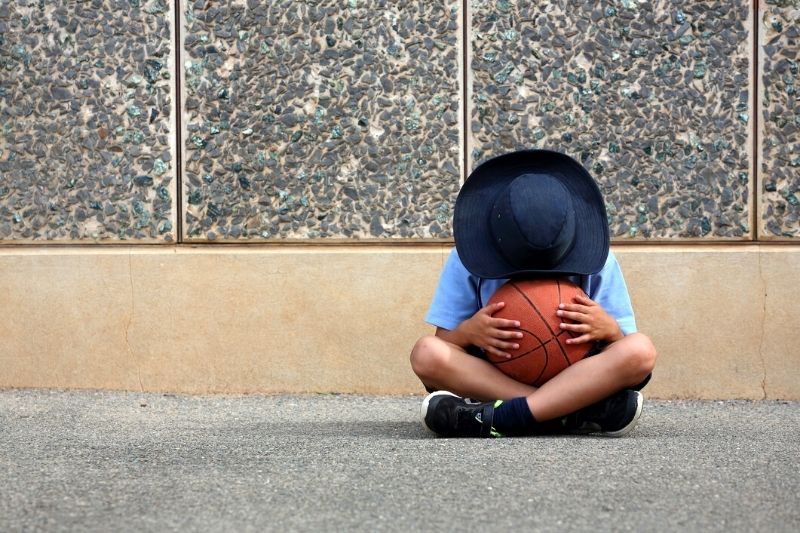The school year has begun, marking a return to the daily routine and structures of school. School has many social, emotional and educational benefits, offering opportunities for students to sharpen their skills and talents, and encouraging students to become kind and effective contributing members of their community. But for many students, its dangers can eclipse any positive effects.

According to the Australian Institute of Health and Welfare, in 2016, two in five children are bullied at least once a week. That means when you send your children off to school this week, there is an almost fifty-fifty chance they will be bullied.
It doesn’t need to be said that bullying can result in a range of negative outcomes for victims with psychological effects including anxiety, depression and suicidal ideation; to physiological effects including headaches, and breathing problems.
The prevalence of bullying varies from state to state and internationally, but consistently hovers around the 30–40 per cent mark. However, we need to be careful with prevalence statistics because the behaviours included (verbal, physical, emotional or online abuse) vary significantly along with how they are calculated.
How, when and who asks the questions about bullying appears to make a difference to the answers we get. Young people don’t report bullying often for fear of not being believed or that nothing will change.[1] Evidence also reveals that adults, teachers and researchers tend to think about bullying differently to the way children and young people do.
Bullying is highly contextual. Different cultures and geographies observe different expressions of bullying behaviour. Australian models for bullying prevention (e.g. PEACE Pack and Friendly Schools) have been shown to reduce school bullying to an extent. But there is also evidence that interventions in late secondary school can produce counterproductive results. That is, they can increase instances of bullying.
Bullying prevention is often targeted at empowering victims and bystanders to take action, as well as schools and communities. This focus on individual behaviour (victims, perpetrators and bystanders) is a result of an approach to understanding bullying originating almost 50 years ago with Norwegian psychologist Dan Olweus, demonstrated in his 1993 book Bullying at School: What We Know and What We Can Do. Despite being over 30 years old, this approach continues to dominate policy and research globally.
'Bullying prevention that focuses on social and institutional origins of harm offers a new way forward, but in many ways, this way of thinking poses even bigger challenges.'
Since the 1990s, one of the more important proposed changes in anti-bullying work is instead of concentrating on the individuals involved, to place a greater focus on the social and institutional context (i.e. the school) and how it can enable and encourage bullying.
Despite progress in bullying prevention, schools are still very structured, hierarchical, and controlling institutions. They establish the pattern of relationships that are one-directional, top-down and coercive. From government departments to principals, to teachers and students, power is often imposed on the rung below. Students are processed in schools on a conveyor belt of structured assessment, and graduation is based on assessment of individual value and competence. Outside of school, Australian workplaces, politics, sport and popular entertainment routinely celebrate and reward similar kinds of dominating and competitive behaviour. But when children and young people replicate this kind of behaviour in the playground, we call it bullying.
This inconsistency in the behaviour we expect, reward and celebrate in young people has led some to argue that bullying is a kind of harm we associate with children and young people, but does not differ significantly to other forms of harm. In this way, bullying in school can be thought of as an experience through which we learn to accept and internalise inequalities and injustices that are unconsciously accepted as part of our society. This idea is supported by research that shows young people are often more concerned with how people are harmed than technical definitions of bullying, and that they understand they can get away with bullying if they make sure it fits with the patterns of control and rules in schools.
Bullying prevention that focuses on social and institutional origins of harm offers a new way forward, but in many ways, this way of thinking poses even bigger challenges. We can keep trying to change individuals’ behaviour and probably continue to make small gains in preventing bullying. Alternatively, we can start questioning what a school might look like if well-being, justice and equality among staff and students were given an equal priority to the curriculum. If we want student behaviour to change, then we might also have to think about what we need to change in our workplaces, politics and entertainment.
Dr Ben Lohmeyer is a Youth Worker and Youth Sociologist at Flinders University in South Australia who researches young people's experiences of bullying, loneliness and violence, focusing on the social and institutional origins of harm.
Main image: Getty images